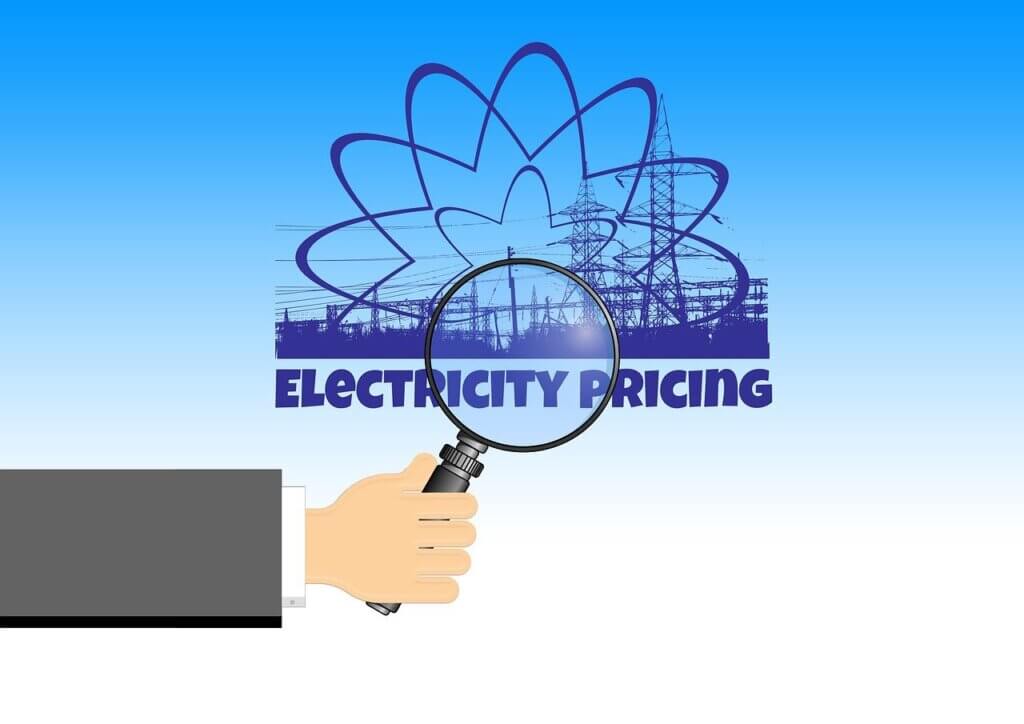“Coal and natural gas prices are our fuel costs that we are referring to in this line item. It does not mean it’s a gasoline price. We are not charging our customers for gasoline for vehicles,” said Cindy Wiseman with Kentucky Power to WSAZ. “We make no profit. It fluctuates sometimes a little wildly because of the market. This is the market that we have no control over on what fuel costs are and purchase power cost.”
If you’re a homeowner in Kentucky, you may have noticed that your electricity bills are on the rise.
Electricity and utility costs have been a hot topic in Kentucky, USA in recent years. Residents of the state have been facing increasing electricity bills and utility costs, leading to concerns about the affordability of basic needs like heating and cooling their homes. In this blog, we’ll explore the latest information on electricity and utility cost increases in Kentucky.
According to the US Energy Information Administration (EIA) electricity prices in Kentucky have been increasing in recent years. Between 2010 and 2020, the average retail price of electricity in Kentucky increased by 14.8%.
One of the main factors contributing to the increase in electricity prices in Kentucky is the rising cost of fuel. Coal is the primary source of electricity generation in Kentucky, and the cost of coal has been increasing in recent years. In addition, aging power plants in the state require costly upgrades and maintenance to meet new environmental regulations, which also contributes to higher electricity prices.
There have been recent rate hikes approved by the Kentucky Public Service Commission (KPSC) for some of the state’s major utility companies. For example, in October 2021, LG&E and KU Energy, which provide electricity and natural gas to over 1.3 million customers in Kentucky, received approval for a rate increase that will raise customers’ bills by an average of 8.5% over the next year. This increase was due to the companies’ investments in infrastructure and renewable energy sources, as well as costs associated with complying with environmental regulations.
Similarly, Kentucky Power, which serves over 170,000 customers in eastern Kentucky, received approval for a rate increase that will raise customers’ bills by an average of 11.1% over the next year. This increase was due to the company’s investments in its distribution system and the costs associated with providing reliable electricity service to customers.
Unfortunately, this trend is likely to continue in the coming years as the cost of traditional energy sources like coal and natural gas increases. But there is a solution: solar energy. By investing in solar panels, you can generate your own electricity and avoid the high costs associated with purchasing electricity from the utility company. Plus, with net metering policies in place, you can receive credits for any excess energy generated by your solar panels and fed back into the grid. This means that you can offset the cost of electricity purchased from the utility company, further reducing your energy bills. With government incentives available at both the federal and state level, there’s never been a better time to invest in solar energy and take control of your energy future in Kentucky.

